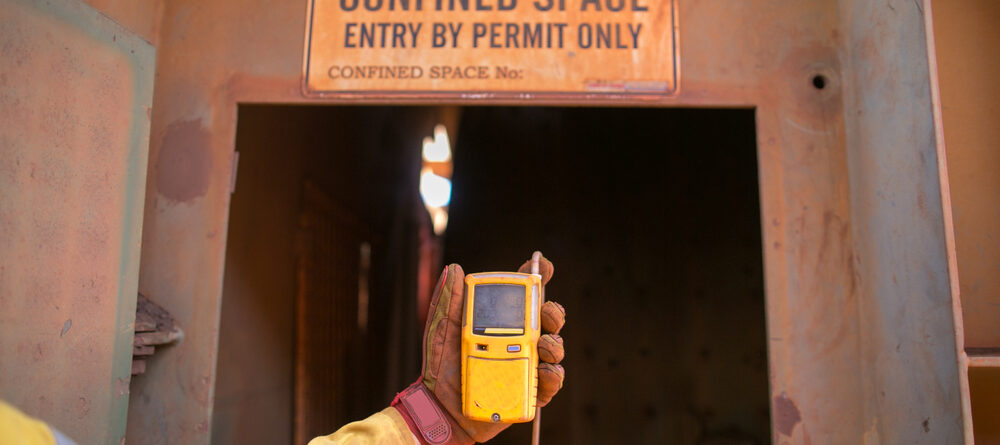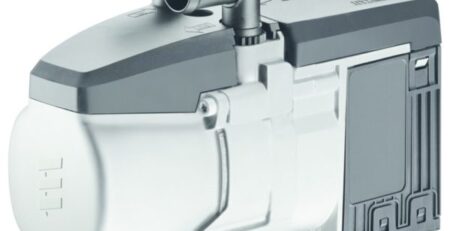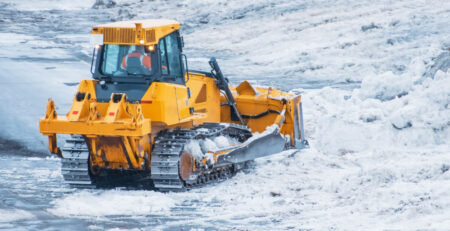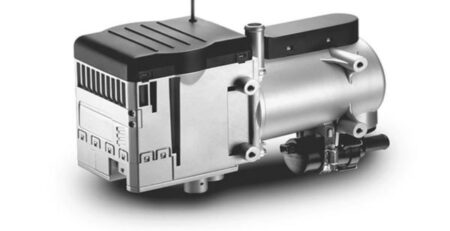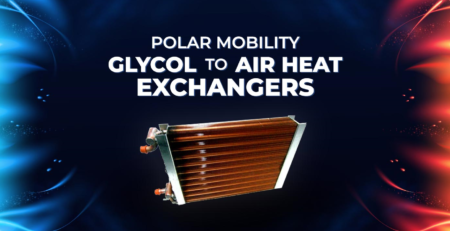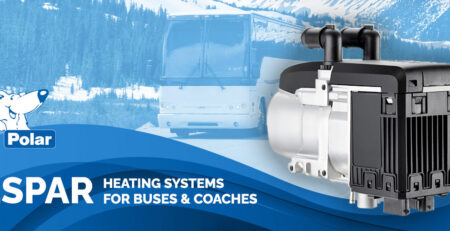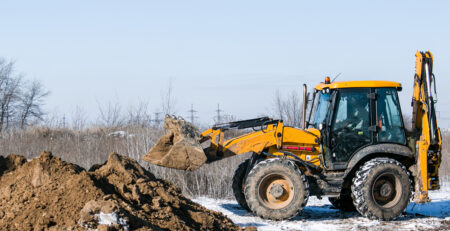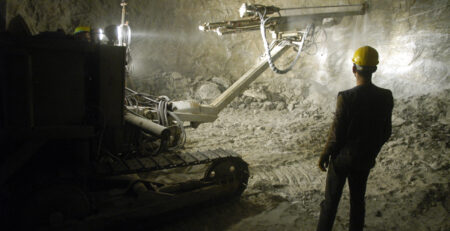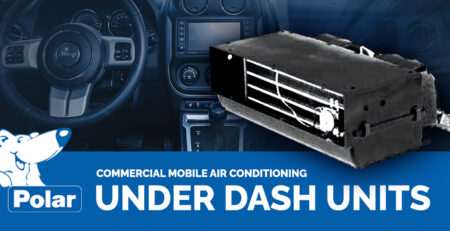How to Conduct Air Quality Testing for Heavy Mining Equipment in Extreme Conditions
Mining operations are set in some of the harshest environments on the planet. Heavy equipment operators face serious air quality challenges every day from extreme heat and cold to constant exposure to dust and diesel fumes. Inside enclosed cabins, often for 12-hour shifts, workers may breathe in harmful contaminants without realizing the risks.
Ensuring clean, breathable air inside 300-ton haul trucks, dozers, and shovels is critical for operator safety, regulatory compliance, equipment longevity, and overall site productivity. This guide outlines how to conduct effective, on-site air quality testing for heavy mining equipment operating in extreme conditions.
Understanding the Importance of Air Quality Testing
Inside a sealed cab, contaminants can accumulate quickly if HVAC systems are underperforming or filters are clogged. Without regular air quality testing, mining companies risk exposing operators to a mix of dangerous pollutants, including:
- Particulate Matter (PM2.5 and PM10): Fine airborne dust from drilling, blasting, and loading activities that can penetrate deep into the lungs.
- Diesel Exhaust Fumes (DPM): Emissions containing nitrogen oxides (NOx), carbon monoxide (CO), and cancer-causing particulates.
- Volatile Organic Compounds (VOCs): Found in cleaning products, fuel, and lubricants, VOCs can cause respiratory irritation and other health effects.
- Carbon Dioxide (CO₂): CO₂ can build up in confined spaces without proper ventilation, reducing cognitive performance and fatigue.
Air quality testing enables mining companies to identify these hazards early and implement targeted HVAC, filtration, and pressurization upgrades to maintain safe operating conditions inside mobile equipment.
Essential Equipment for On-Site Air Quality Testing
Testing air quality in rugged mining environments requires durable, high-precision tools capable of withstanding vibration, extreme temperatures, and airborne debris. The most effective equipment includes:
- Portable Air Quality Monitors provide real-time readings of PM2.5, PM10, CO₂, and VOC levels inside operator cabins.
- Handheld gas detectors monitor CO₂, NOx, and other harmful gases that diesel engines produce.
- Differential Pressure Meters to assess whether cabins are positively pressurized—an essential defence against dust infiltration.
- Data Loggers and Trend Analysis Software to capture long-term air quality data and identify performance issues over time.
These tools allow maintenance teams to respond proactively by replacing filters, adjusting pressurization, or upgrading HVAC systems before air quality becomes a health or compliance concern.
Step-by-Step Process for Testing Air Quality in Mining Equipment
Step 1: Pre-Test Inspection
Before testing begins, ensure that HVAC components are functional and filters are correctly installed. Look for visible dust accumulation, damaged door seals, or cracked ducts—all of which can allow contaminants into the cabin.
Step 2: Real-Time Cabin Measurements
Place a portable air quality monitor in the operator’s cab to capture readings during normal operation. Measure PM2.5, PM10, VOCs, and CO₂, and compare these against occupational exposure limits set by OSHA, MSHA, or Canadian regulators. Testing the ambient air outside the vehicle provides context for comparison.
Step 3: HVAC Performance Testing
Evaluate airflow from cabin vents and use a differential pressure meter to ensure the cabin is maintaining positive pressure. Any reduction in airflow or pressure drop may indicate clogged filters or failing HVAC components.
Step 4: Analyze and Act
Review logged data for each machine. Rising CO₂ levels may suggest poor ventilation, while increasing dust levels could point to failing filtration. Create a maintenance plan to restore or upgrade your systems based on your findings.
Best Practices for Maintaining Clean Air in Mining Equipment
Testing is only part of the solution. Ongoing maintenance and operator education are just as important in sustaining safe cabin environments.
- Install High-Efficiency Filters: Use MERV 16 or HEPA filters to capture respirable dust and DPM.
- Inspect HVAC Systems Regularly: Check for leaks, blockages, and worn components that reduce air circulation or pressure.
- Use Pressurization Units: Maintain positive pressure to block external contaminants from entering the cab.
- Train Operators: Educate teams to recognize symptoms of poor air quality—headaches, fatigue, dizziness—and to report issues promptly.
Conditions That Demand Better Air Quality
Extreme mining conditions demand more than standard ventilation systems. They require a proactive approach to air quality monitoring and management. By conducting routine air quality testing and implementing proper filtration and pressurization systems, mining operations can:
- Reduce health risks for operators
- Ensure compliance with national and international safety regulations
- Extend the life of HVAC and mechanical systems
- Maintain consistent productivity in harsh environments
Protect Operators and Equipment with Polar Mobility Air Quality Solutions
At Polar Mobility, we specialize in high-quality, high-performance air quality solutions for mining and heavy-duty equipment operating in the most extreme Canadian environments. From Sy-Klone RESPA® cab filtration systems to fully integrated ISO 23875-compliant HVAC units, we help companies stay safe, compliant, and productive.
Need help upgrading your fleet’s air quality systems? Contact us today to speak with a specialist and explore solutions that fit your equipment and your conditions.


